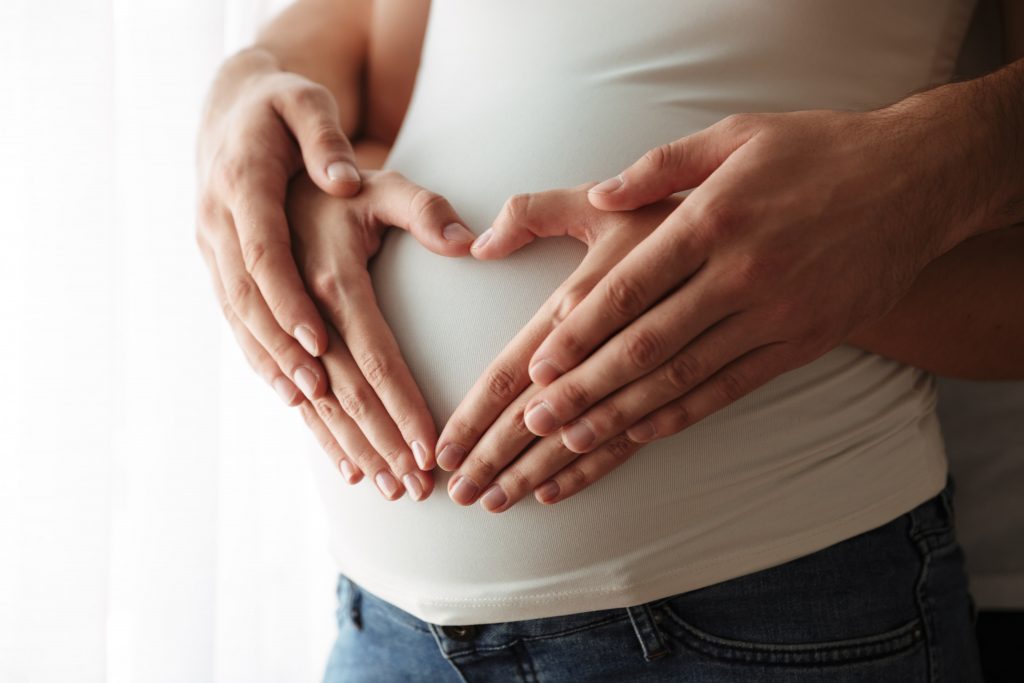What is IVF treatment and how does it work?
News and Events

In vitro fertilization – IVF is the most effective, commonly performed infertility treatment in the world.
IVF treatment is a medical procedure that involves the fertilization of an egg outside the woman’s body in a specialized lab. This can be performed after other methods to get pregnant have failed, but it doesn’t always work out that way – some women still experience multiple rounds with this treatment before finding themselves pregnant.
Fertility drugs are usually prescribed to help stimulate egg development. Even if a woman has no problem with ovulation, the drugs can produce many mature eggs which improve pregnancy rates significantly.
In order to have a successful pregnancy, eggs from the ovaries must be fertilized by sperm. Generally speaking, about 10-20 healthy mature eggs are mixed with a special medium and placed in an environment where it is possible for them all to get together at once so that anyone can successfully create life.
Fertilizing an egg can be done in two different ways, one being conventional Insemination where the sperm and eggs are combined with a special medium inside of them to incubate it. The other option would involve ICSI where we inject sperm of the male partner into the oocyte of the female partner using a micromanipulator. . With 70% of ICSI treatments being used when fertilization is less likely due to factors like poor semen quality or previous IVF treatment is failure, it’s no wonder that many people want a way out.
The decision to use one over the other will depend on a variety of factors specific to your situation. Both methods have an approximately equal success rate in IVF treatments, but it is important not just look at them as either “in vitro fertilization” or checks that box off when making this choice; rather think about what’s best suited for you and your partner–and then go from there!
Embryos are graded by an expert and the best-quality ones are selected for transfer. The procedure usually takes place on day 2 or 3 after retrieval, . Embryos are transferred to ensure that a single pregnancy does not result in an additional risk of complications for both mother and child. The hope is within one day or two, the Embryonic Stem Cell will hatch out into its own little human being.
You can expect a blood pregnancy test 13 days after inseminating your embryo. If you’re confirmed pregnant, we’ll follow up with further tests to see if everything is going well and how your baby is growing in this miracle round!
